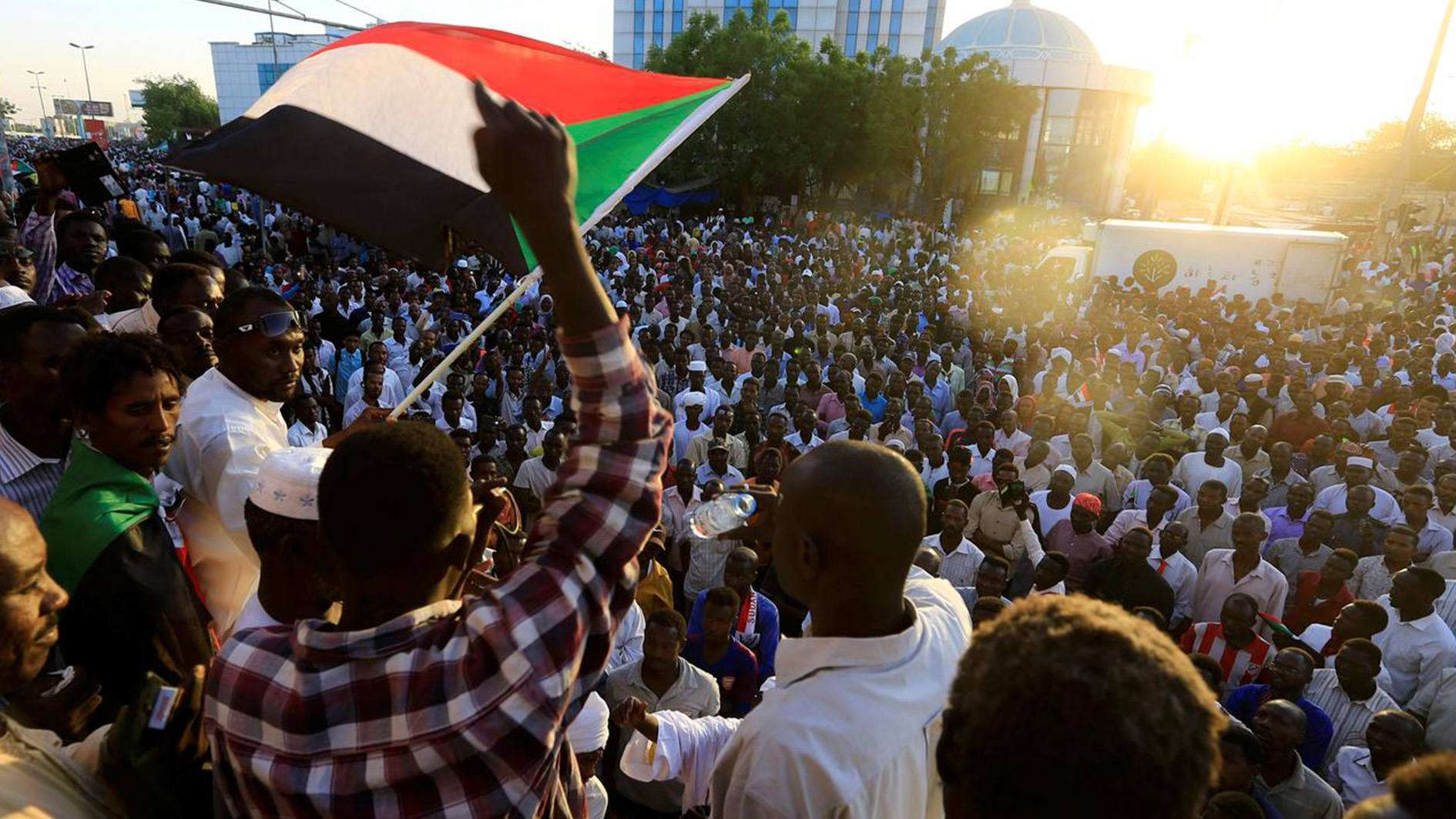
Africa
13:56, 10-Jun-2019
How did the Sudan crisis unfold?
Ma Shaoyan, Zhang Nan
01:20

The crisis in Sudan has led to months of bloodshed and protests. The death toll has increased to at least 108 as pro-democracy protesters pulled at least 40 bodies from the Nile River in the Sudanese capital Khartoum last Wednesday, just two days after Sudanese armed forces stormed a camp and opened fire on protesters, leaving at least 60 people dead on June 3, 2019.
Tensions continue and more killings could be expected, but how did it all begin?
A series of demonstrations broke out on December 19, 2018 in several Sudanese cities. People complained at first about the rising costs of living and deterioration of economic situation, but quickly, the protests turned from demands for urgent economic reforms into demands for President Omar al-Bashir to step down.
Bashir soon declared a yearlong state of national emergency on February 22, the first in twenty years.
In April, hundreds of thousands of demonstrators launched a sit-in protest in front of the military headquarters in Khartoum which continued throughout the week. They asked the long-time President Omar al-Bashir to step down.
Al-Bashir was soon ousted from presidency and placed under house arrest by the military on April 11, but the protests continued. Demonstrators demanded that the military should hand over power to a civilian government.
Then, talks between the ruling military council and protest leaders began. But, despite some breakthroughs, the talks collapsed in late May.
Thousands of workers went on a strike across the country to put pressure on the military. Earlier this week, security forces broke up the sit-in protest. Tensions rose and led to clashes which left over 60 dead, according to the government.
On June 5, the army offered talks without pre-conditions, but the opposition turned the offer down. As the stand-off continues, the African Union urges foreign actors to stay away from it.

SITEMAP
Copyright © 2018 CGTN. Beijing ICP prepared NO.16065310-3
Copyright © 2018 CGTN. Beijing ICP prepared NO.16065310-3